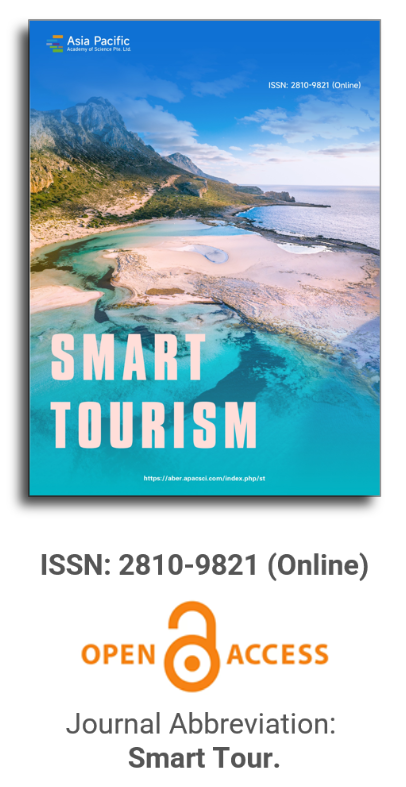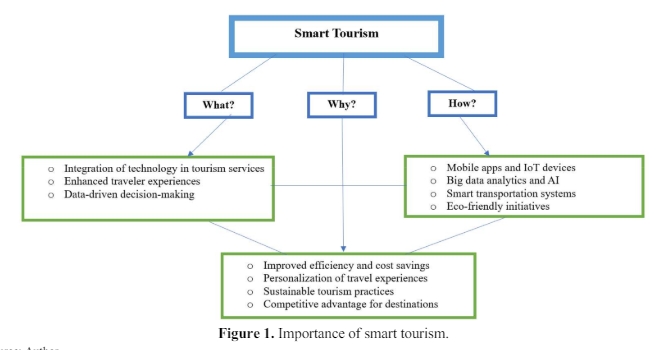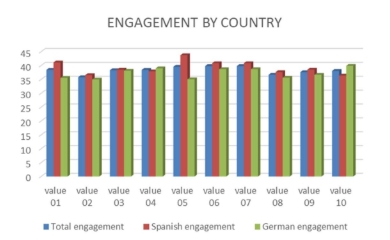


Interpretation of the value of red cultural heritage in Shanghai based on 3D visualization technology
Vol 1, Issue 1, 2020
Download PDF
Abstract
Shanghai is the gathering place of the Red Cultural Heritage. Based on a questionnaire analysis of 1,047 respondents on the interpretation of the value of red cultural heritage in Shanghai, this study shows that people lack the impression of Shanghai’s “red cultural heritage agglomeration” and the lack of red heritage value display and interpretation, which is mainly due to the lack of representative red IP in Shanghai. Based on the practice of a major virtual reality display project, fully relying on scientific and technological means to achieve three-dimensional visual value interpretation of red heritage is conducive to the transformation and upgrading of red tourism resources to red tourism bases, the development of red tourism products that are popular in the market, and ultimately promote the protection and utilization of red heritage sites. At the same time, talent training and mobilizing community participation enthusiasm are equally important for the display and interpretation of red cultural heritage.
Keywords
References
- Shi X. Make good use of red resources to inherit red culture. The People 2019; (19): 48–49.
- Kai Bell. Inheriting the red gene and carrying forward the red tradition. Research on Ideological and political work 2019; (07): 47–48.
- Ren W, Han F, Yang C. Application of emerging technologies in the field of cultural heritage activation under the EU Horizon 2020 framework. The Third International “Digital Cultural Heritage Future Vision” Series Conference “Future Vision Landscape Perspective”; Shanghai; 2019.
- Guo X. A Preliminary discussion on the concept and method of cultural heritage display. Journal of Architecture 2009; (09): 69–73.
- Jiang S, Lu X. Show the interactivity and application of communication in the digitization of cultural heritage: take the contemporary communication of Dunhuang culture as an example. Journal of Communication University of China 2013; 35(08): 19–23.
- Zhu K, Jiang Y, Nian S. Develop and utilize Shanghai Red resources to promote cadres’ ideal and faith education. Party History and Party Building in Shanghai 2018; (02): 34–36.
- Zhang H. The integration way of intelligent technology and red spirit cultivation. People’s Forum 2019; (20): 96–97.
- Beijing Digital Science Popularization Association. A new trend in digital museum development. Beijing: Communication University of China Press; 2014.
- Xue F, Zhang W, Wu H. Give full play to the advantages of Shanghai red resources to create the party spirit education quality courses: Take Longhua Martyrs Cemetery as an example. Party and Government Forum 2018; (10): 59–61.
- Li X, Hu G. Study the historical facts of the red army, boost the Long March to the world heritage, develop the red heritage: Comment on “Red Army Heritage Research: Thinking and exploration on carrying forward the spirit of the Long March and the Long March route for the world heritage”. Research on MAO Zedong Thought 2016; 33(03): 156–163.
- Wen K, Hu A. Discussion on the value of Ma Jiazhou concentration camp under the perspective of red cultural heritage. Southern Cultural Relics 2020; (02): 253–257.
Supporting Agencies
Copyright (c) 2020 Wei Ren, Xianhong Chen
License URL: https://creativecommons.org/licenses/by/4.0

This site is licensed under a Creative Commons Attribution 4.0 International License (CC BY 4.0).

Prof. Hung-Che Wu
Nanfang College, Guangzhou
China
Indexing & Archiving
Asia Pacific Academy of Science Pte. Ltd. (APACSCI) specializes in international journal publishing. APACSCI adopts the open access publishing model and provides an important communication bridge for academic groups whose interest fields include engineering, technology, medicine, computer, mathematics, agriculture and forestry, and environment.



.jpg)
.jpg)

.jpg)

